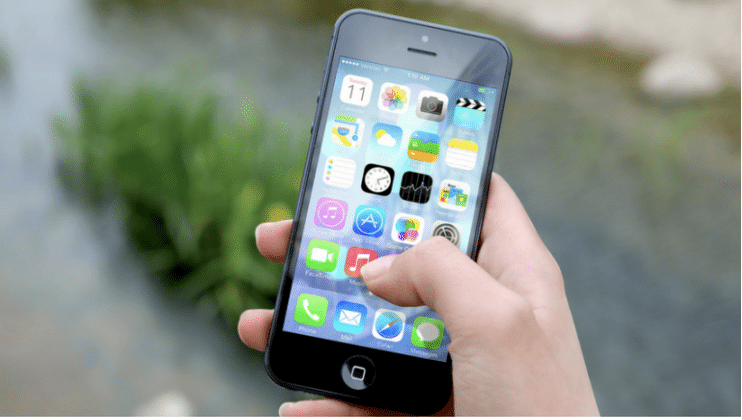This is a guest post by Jimmy Schmidt, Director, Product at AppLovin, a marketing platform that leverages real-time data signals to understand consumers and match them with relevant brands.
This blog post was originally published in 2016. You can also check out recent insights on mobile user acquisition.
For any app, user acquisition can be both an art and a science: it can take creativity to figure out what your particular app can offer that will engage people with your brand. And it takes data to continually iterate to find the right users, at scale. At AppLovin, we’ve found that no matter what your app or brand is, there are certain fundamentals to user acquisition on mobile. Here are four best practices that are nearly universal for acquiring users:
The Use of Video Ads
Our customers are embracing video more and more (meaning their ad spend is directed increasingly at video), and for good reason: video ads are highly effective compared with other formats (retention is 34 percent better than with non-video ads on mobile), with terrific click-thru rates (an indicator they’re attractive to consumers). Unless you’ve got some compelling reason to not use video ads, you should use them to engage consumers you target through your marketing platform.
Share Your Data to our ROI
If you share your data with your marketing and analytics partner, your chances of seeing the big picture and building on patterns increases dramatically. We worked with one large eCommerce company whose return on ad spend (ROAS) jumped by 250 percent over 1.5 months after it shared its data with us. With internal data, we could see the full funnel and target accordingly (both in terms of relevance and cost-effectiveness), and then together we could optimize based on sound, complete data.
Determine an Early Indicator of Quality
Often times the most successful apps take a long time to fully monetize. If you are able to determine that a specific paid source is likely to hit your goals later, you can more quickly adjust your bid to get as many installs as possible within your targets. Similarly, if you can quickly tell that a source with significant installs will likely not hit your goal, you can save a lot of money from going down the drain by pausing that source.
For example, let’s say that you find a strong correlation between users who view 20+ items within the first day and users who consistently use your app for months. Within one day of buying users from a large source, you can more safely increase/decrease your bid if these users tend to view/not view 20 items. That being said, make sure that you’re not jumping the gun on a source that has an insignificant number of installs. For example, if one source has two paying users after five installs, it’s probably not safe to assume that source will maintain a 40% payer rate. An app with 20 users that have yet to pay doesn’t necessarily mean that others won’t later. You can also use custom events to track, not only if paid users are reaching these in-app events, but also organic users.
Localize
While “going global” with your app can mean a significant commitment in terms of resources, and it often doesn’t make sense for a brand, there are times when doing so is logical. With minimal returns, you can reap significant rewards in terms of expanding your reach and acquiring new users. We see 10-20% increases in conversion rates from localized ads when compared with English versions, which can dramatically reduce costs and/or increase scale. It’s also worth noting that the US and other English speaking countries tend to be very competitive. While many non-English speaking countries will tend to have less demand, which means your dollar spent goes further.
No matter what the app, user acquisition is a challenge, and being successful at it takes constant iteration. But the use of video ads, a willingness to share your data, finding early indicators of quality, and localization, you’re well on your way to acquiring users that will be valuable over the long haul.
Want more tips? Check out the Ultimate Guide to Mobile User Acquisition






















